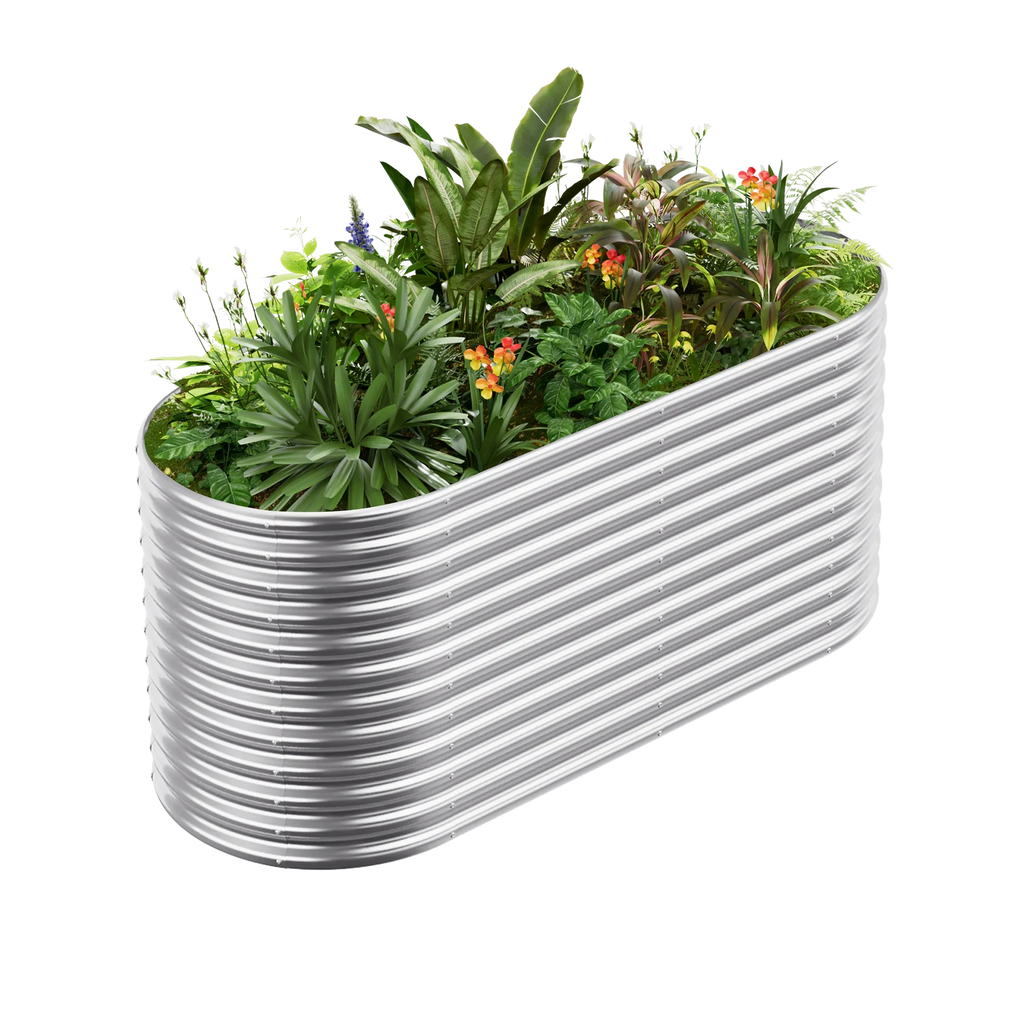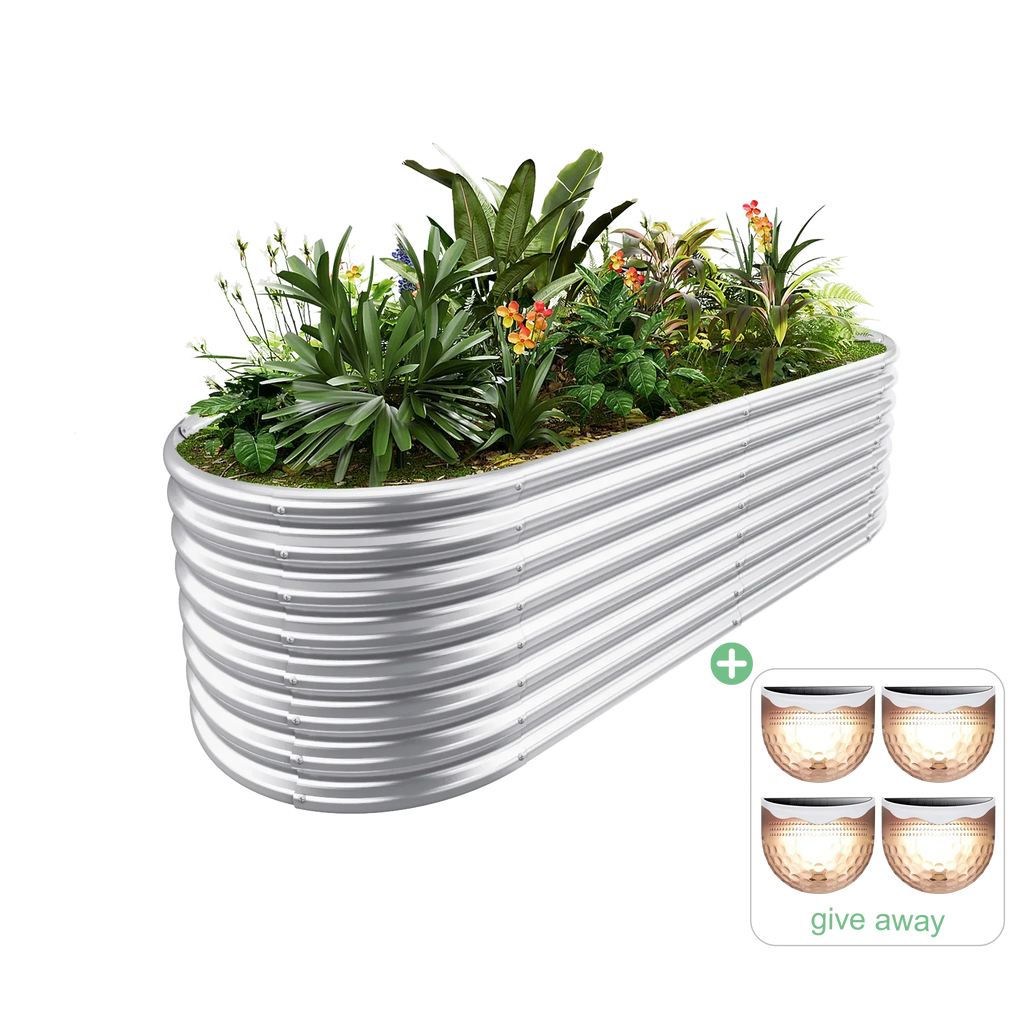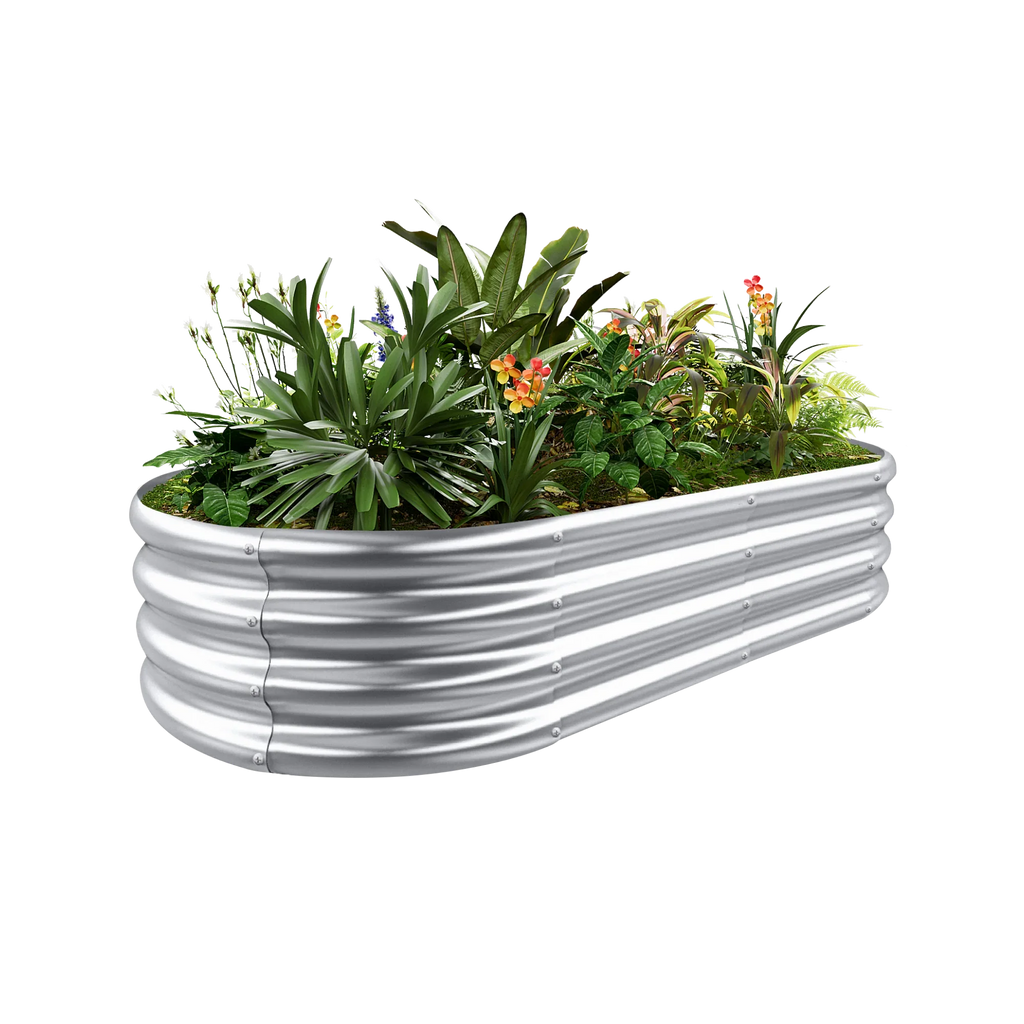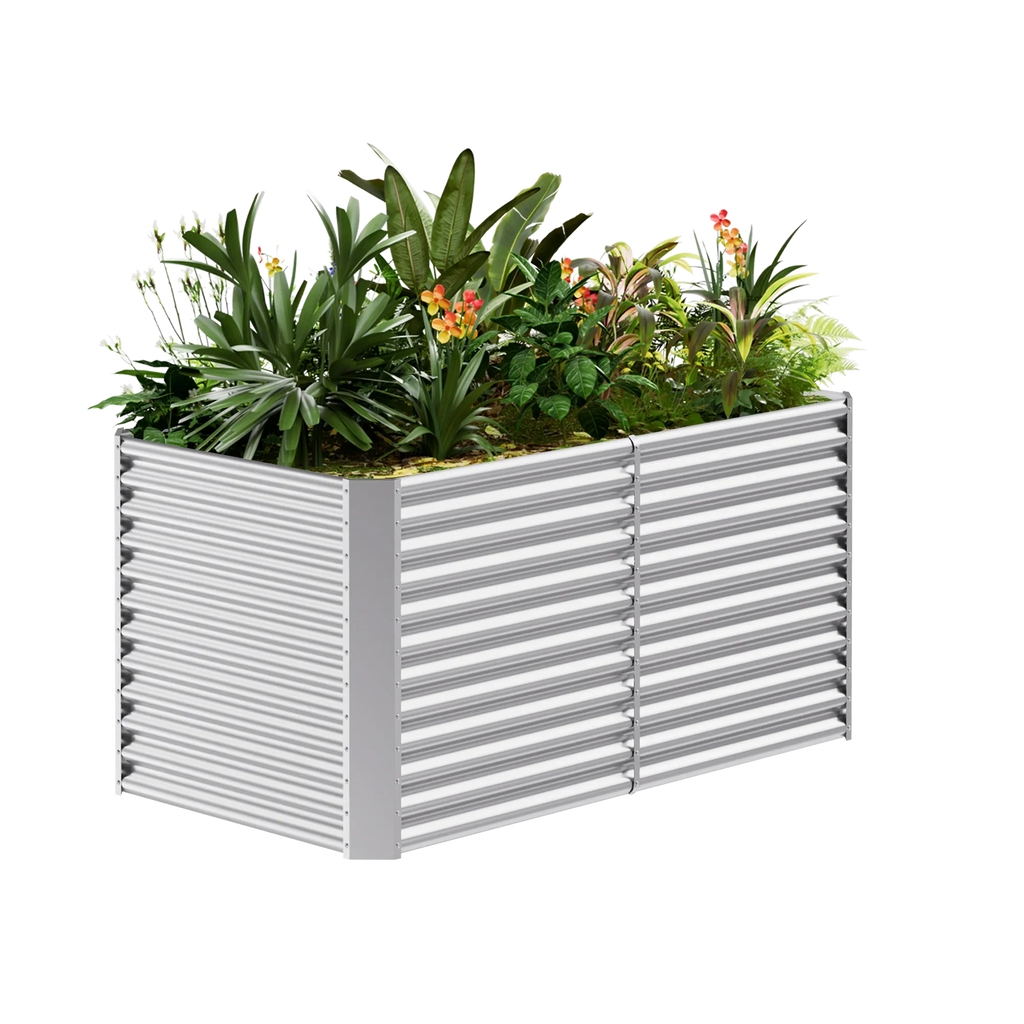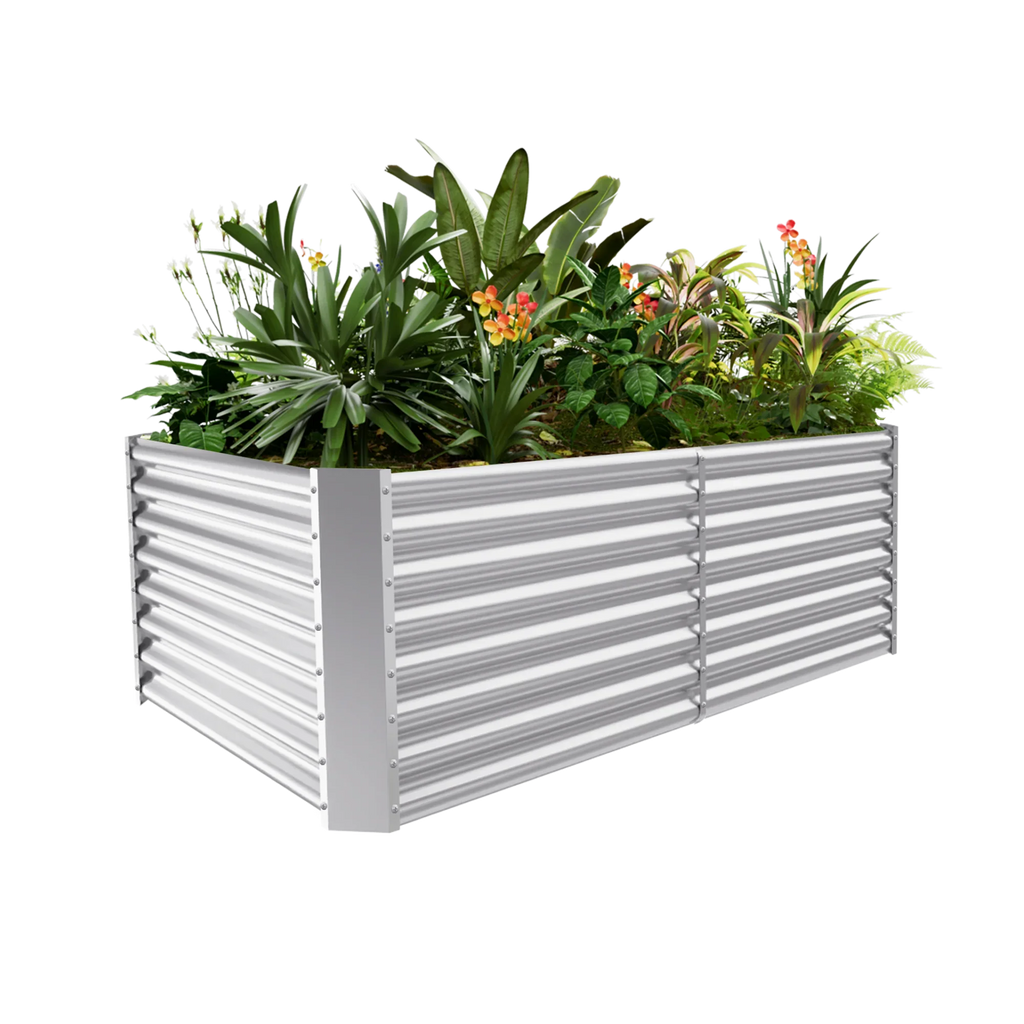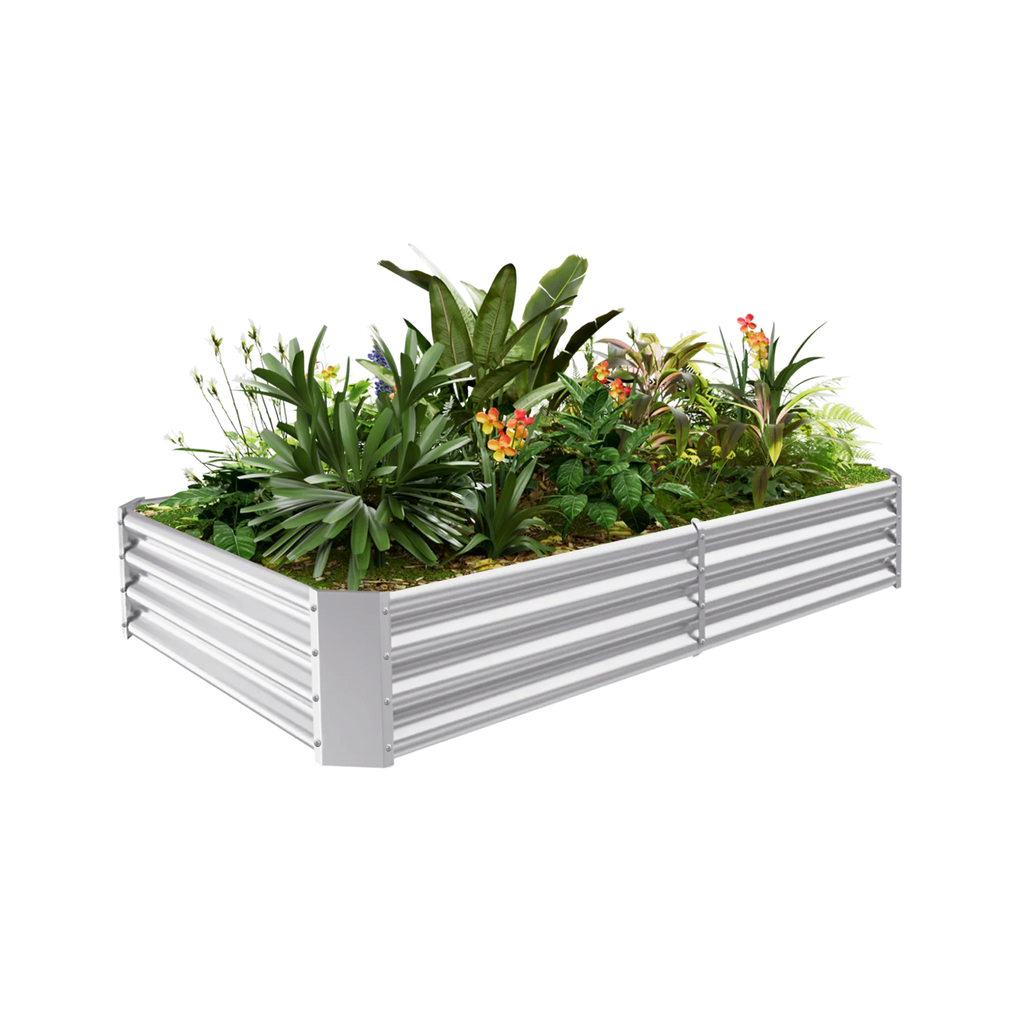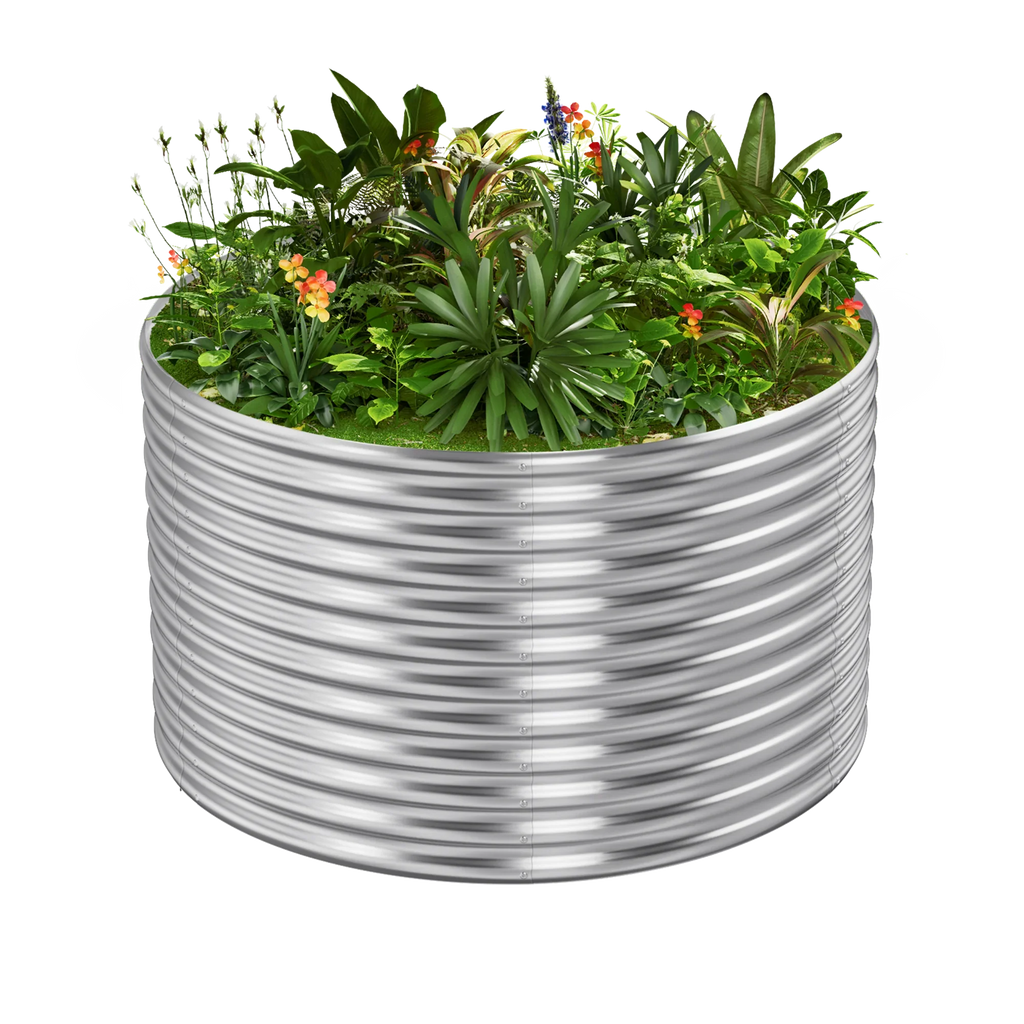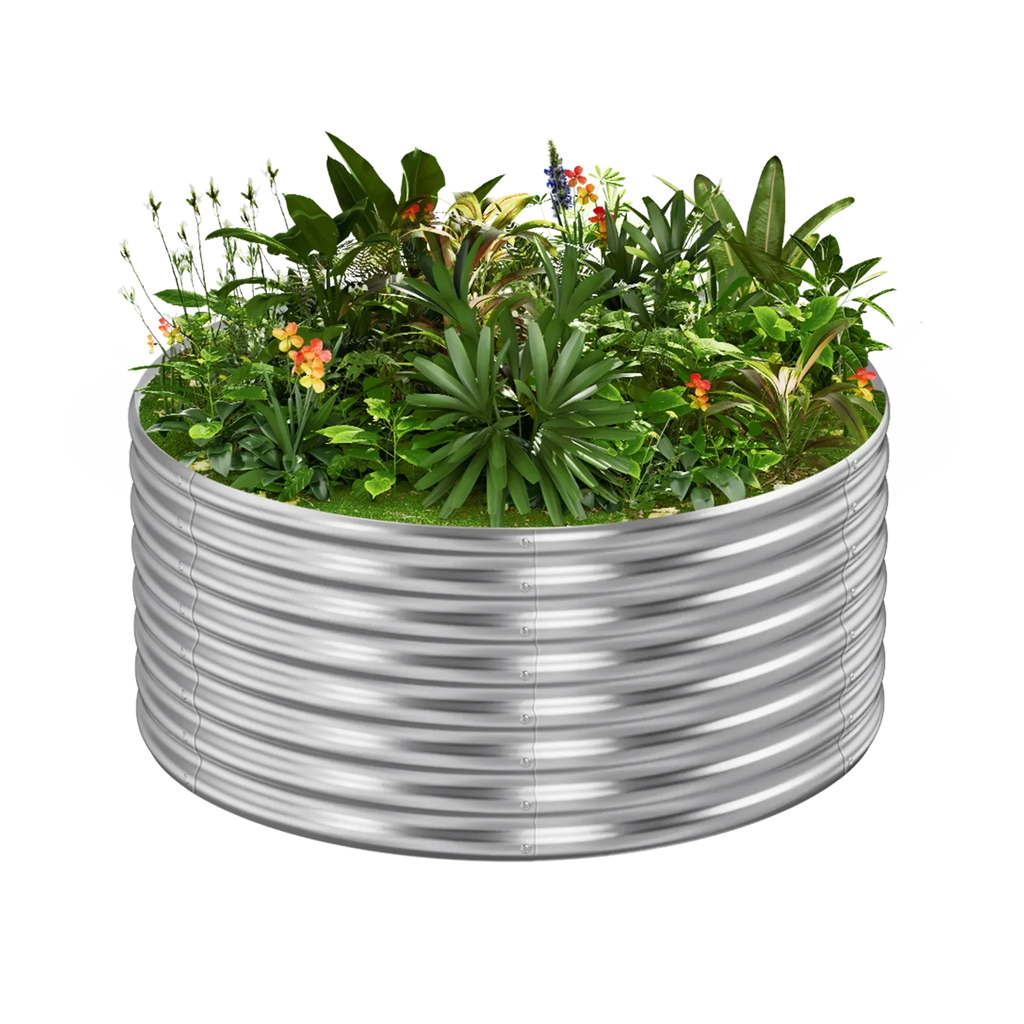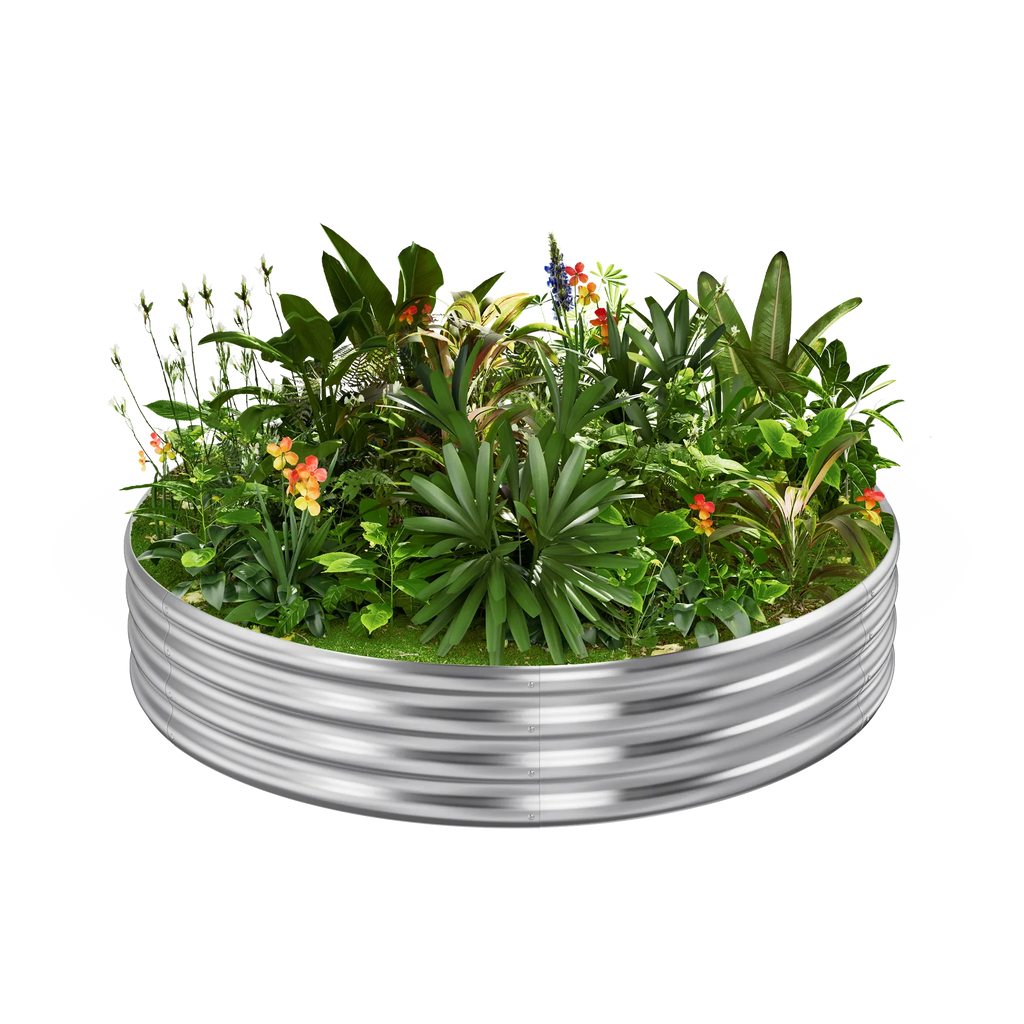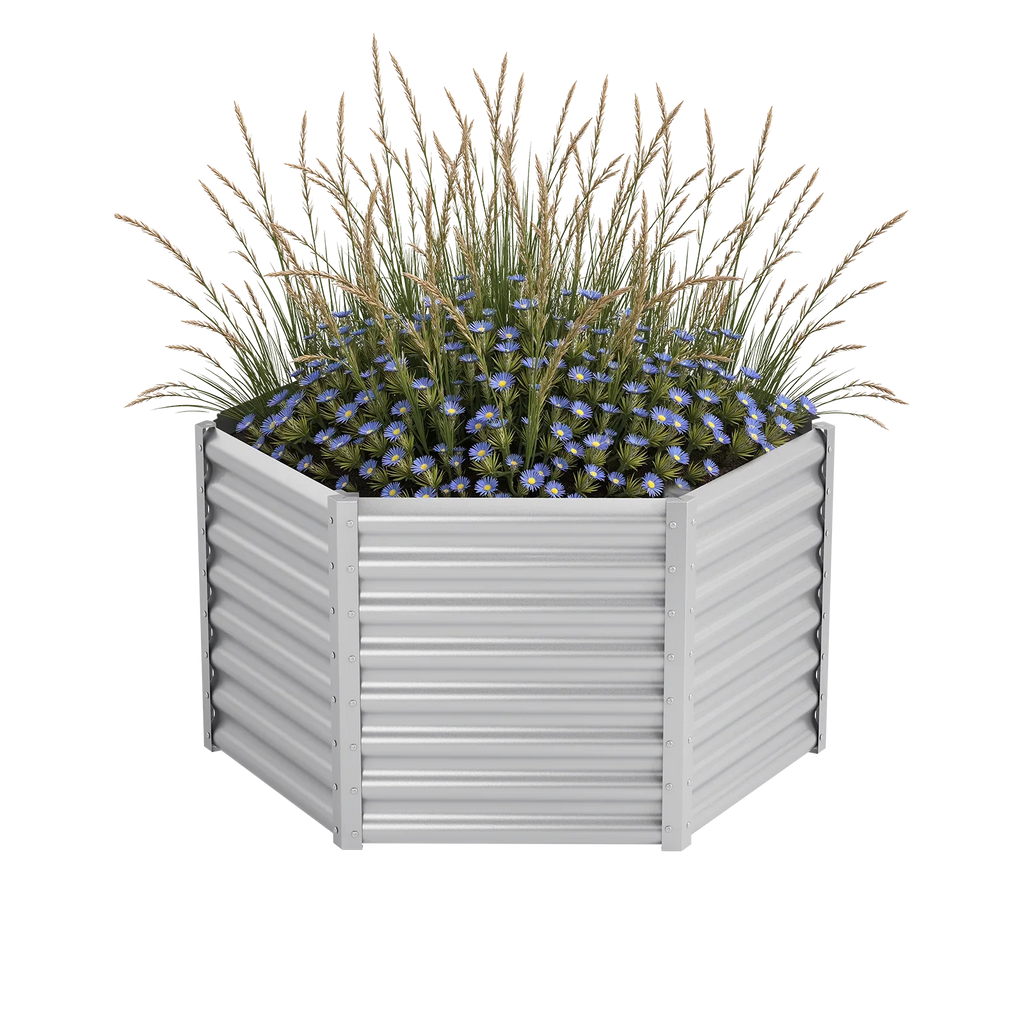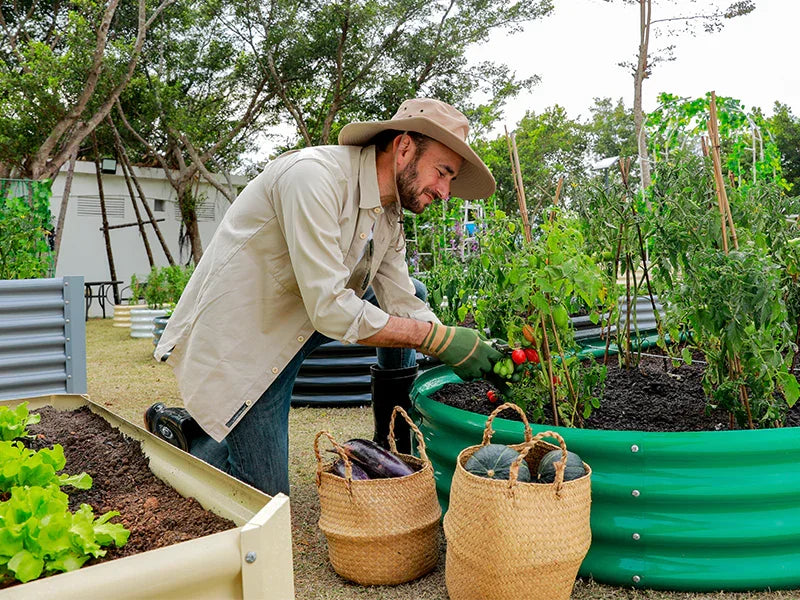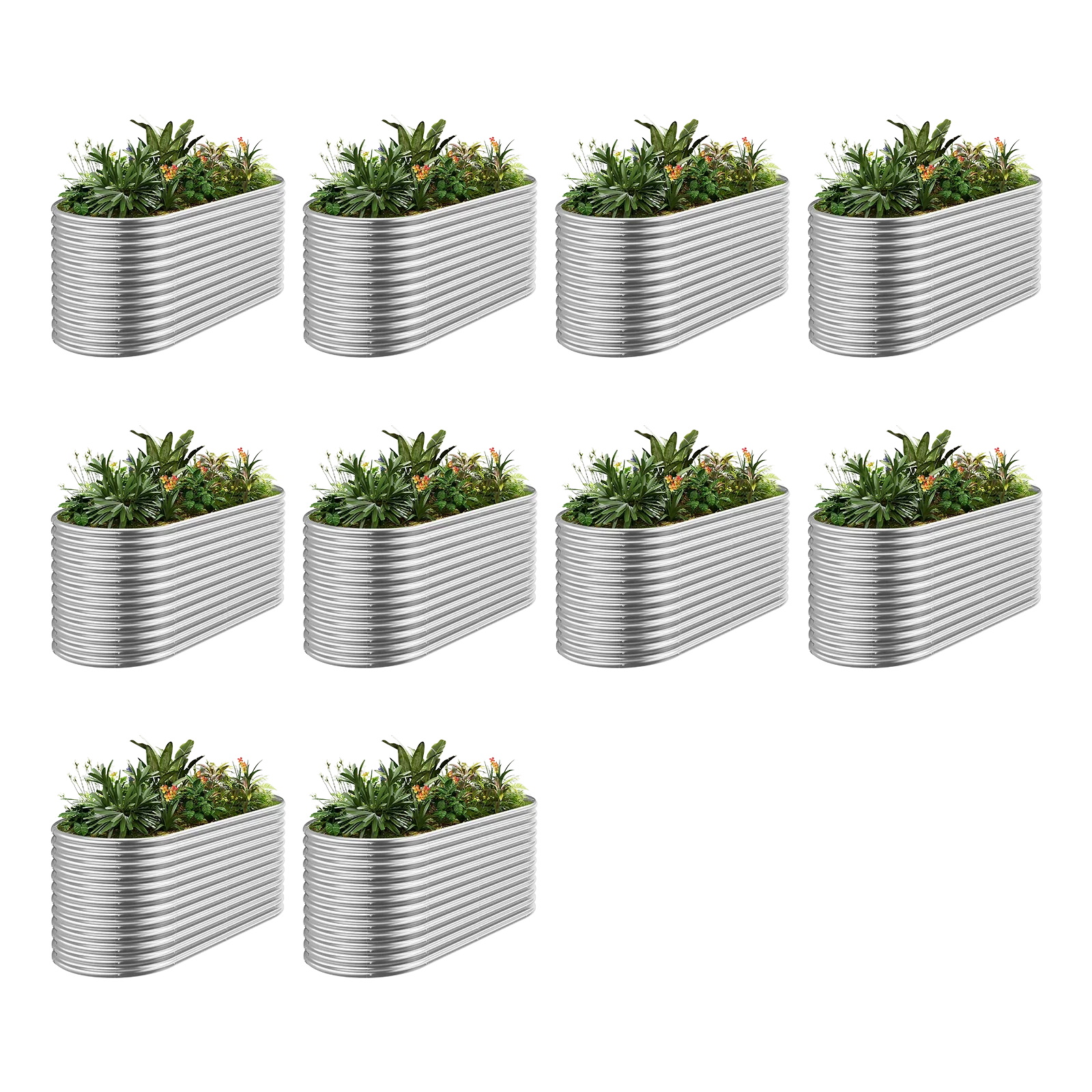Growing crops is a fun and educational activity, especially for kids. By planting different crops, children can learn about the growth process of plants while developing responsibility, observation skills, and patience. Here are 6 fun and easy crops that are perfect for kids to grow in their home gardens. These crops can thrive in various climates and are simple to grow.
1. Tomatoes: A Perfect Choice to Cultivate Observation and Patience
Tomatoes are one of the most popular crops among children. They grow quickly and adapt well to a variety of environments, making them ideal for sunny home gardens.
Tips:
• Tomatoes need plenty of sunlight and should get at least 6 hours of direct sun each day.
• Keep the soil moist but avoid waterlogging. Make sure the soil drains well.
Children can observe the transformation of tomatoes from seedlings to fruits, which is a very rewarding experience. The short growth cycle of tomatoes allows kids to see results quickly.
2. Peppers: Colorful and Educational
Small peppers (such as sweet peppers and chili peppers) are visually appealing with their vibrant colors, making them highly attractive to kids. They grow well in warm climates and require a sunny spot in the garden.
Tips:
• Peppers need a sunny location and at least 6 hours of sunlight per day.
• Water regularly, keeping the soil moist but not waterlogged.
By growing peppers, kids can learn about plant care and nutrition while enjoying the different colors and flavors of the peppers. It’s a fun way to teach responsibility.
3. Strawberries: Sweet and Fast to Harvest
Strawberries are a great crop for kids to grow because they grow quickly and are incredibly rewarding to harvest. These sweet fruits are always a favorite among children.
Tips:
• Strawberries need a sunny, well-drained spot with at least 6 hours of sunlight daily.
• Keep the soil moist but make sure not to let water accumulate around the roots.
Strawberries not only grow quickly but also offer kids the opportunity to taste the sweet fruits of their labor. It’s a great way to spark their interest in gardening and healthy eating.
4. Leafy Greens: Promoting Healthy Eating and Eco-Friendly Practices
Leafy greens (such as spinach, lettuce, and Swiss chard) are fast-growing, easy to care for, and packed with nutrients. These vegetables are perfect for teaching kids about healthy eating.
Tips:
• Leafy greens thrive in cooler weather and moist soil, making them ideal for semi-shady areas of the garden.
• Water regularly and fertilize to ensure healthy growth.
Through growing leafy greens, kids will not only understand the growth process of vegetables but also learn about the importance of healthy eating. It’s a great opportunity to encourage children to incorporate more veggies into their diet.
5. Melons: Sweet Crops for Warm Climates
Melons thrive in warm climates, making them perfect for gardens that get plenty of sunlight and heat. They grow quickly, and the harvest is always sweet and refreshing, making them a fun crop for kids.
Tips:
• Melons need warm weather and full sun, so plant them in the sunniest spots in the garden.
• Keep the soil moist, but ensure good drainage to prevent waterlogging.
Growing melons offers kids the chance to learn how to care for larger vine plants while enjoying the sweet fruits of their efforts. This process is not only fun but also educational.
6. Beans: A Highly Educational Crop
Beans (such as green beans and peas) are excellent crops for kids to grow. The seeds are large, making them easy for small hands to plant, and they grow quickly, allowing kids to see the full lifecycle of a plant.
Tips:
• Beans like warm weather and plenty of sunlight.
• Keep the soil moist but ensure good drainage to prevent water accumulation.
Growing beans teaches kids about plant life cycles and how plants absorb nutrients through their roots and perform photosynthesis through their leaves. It’s a great educational experience.

